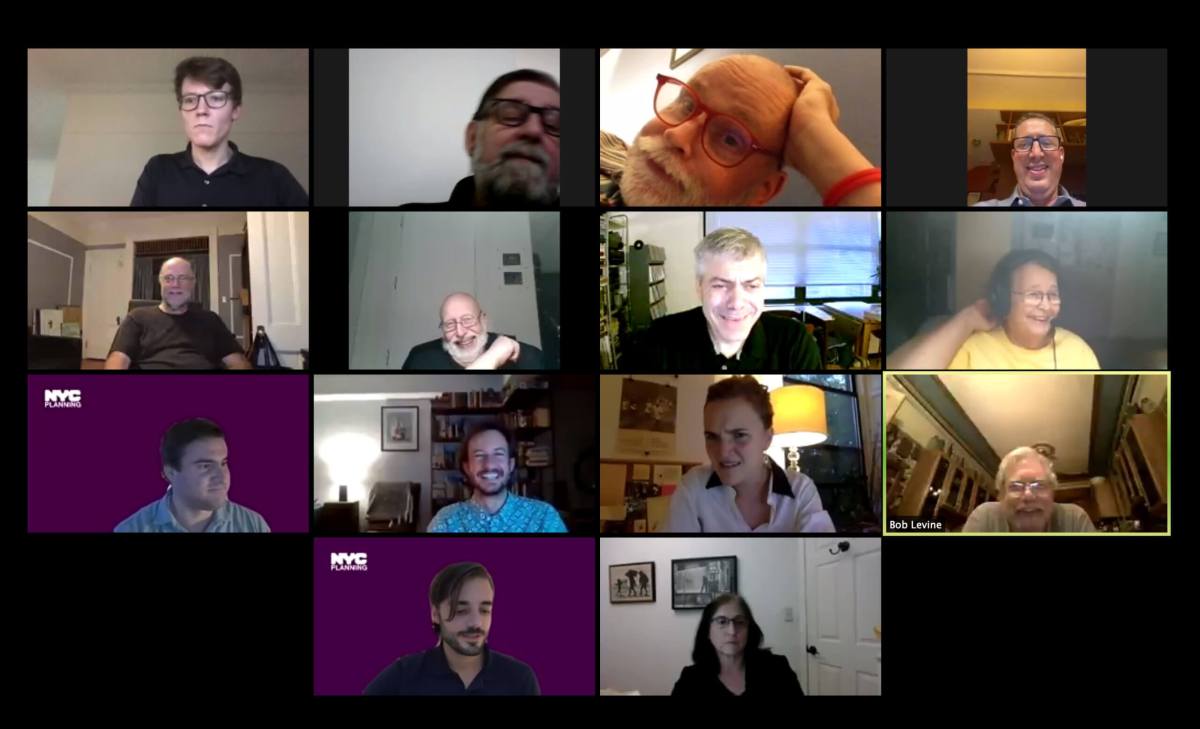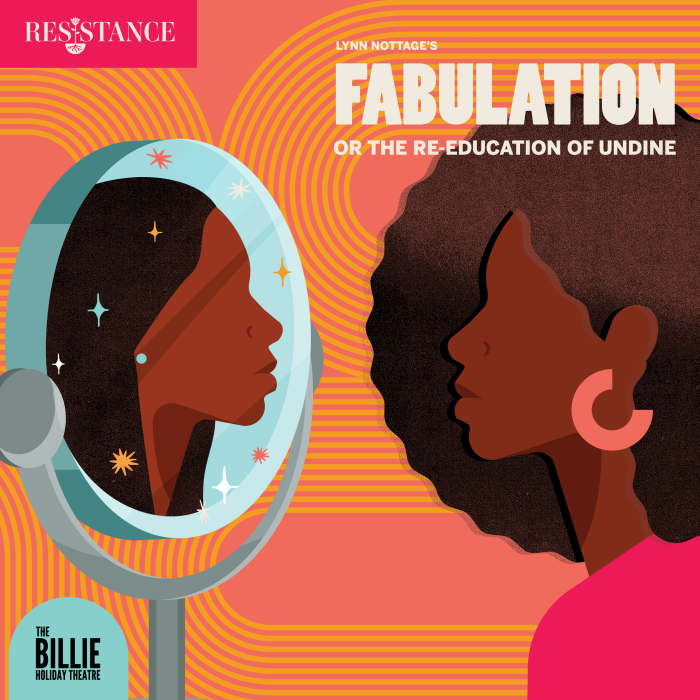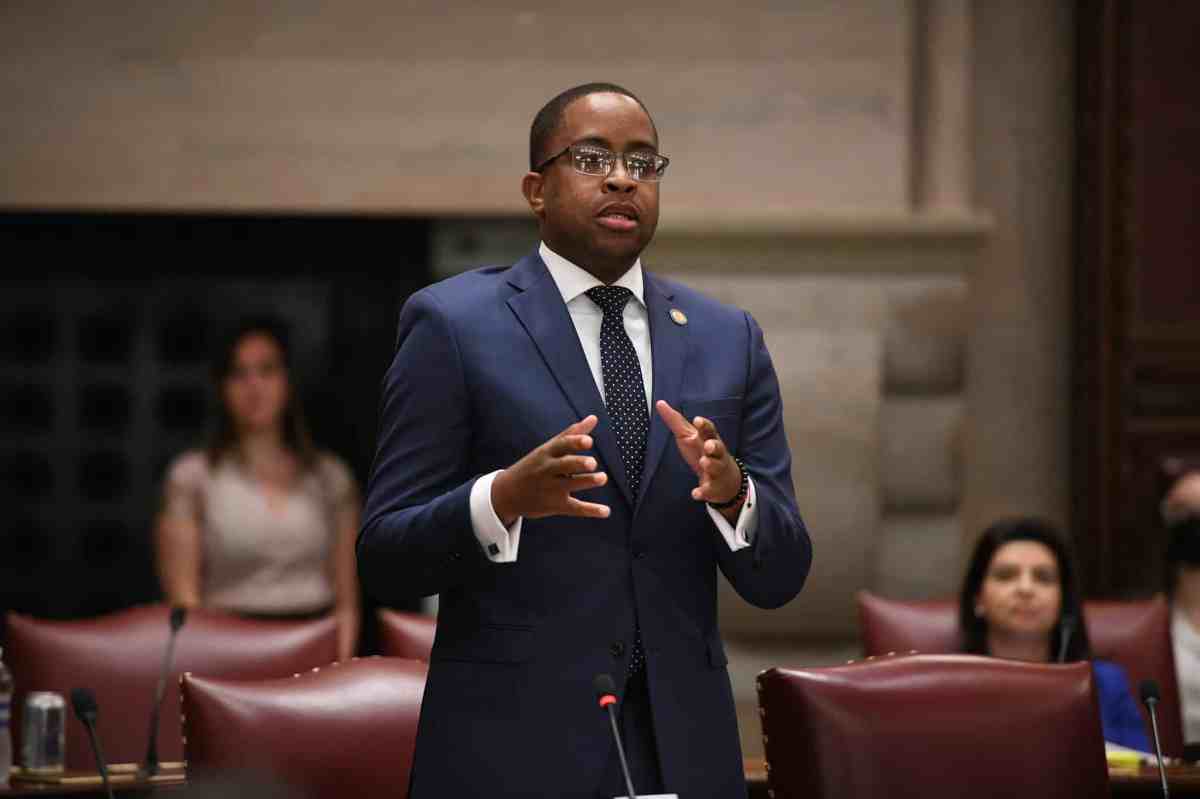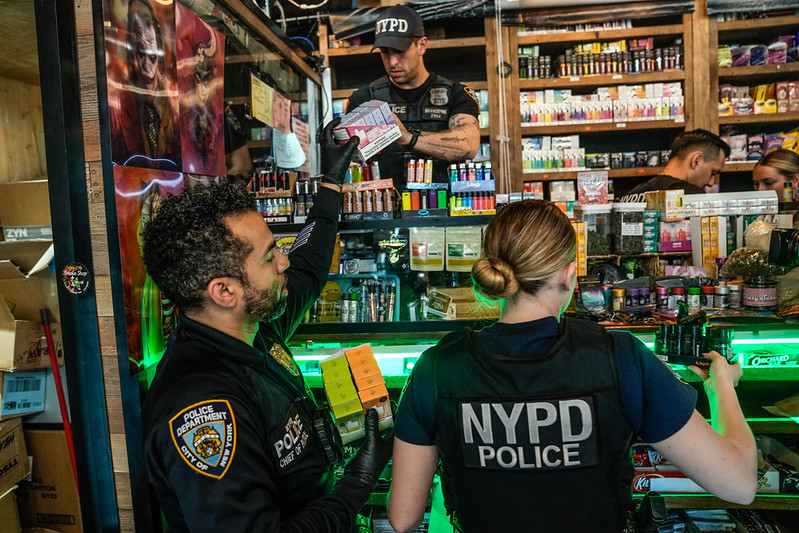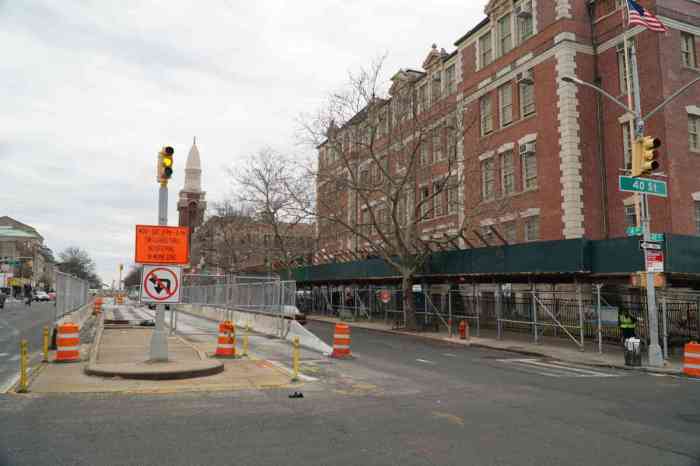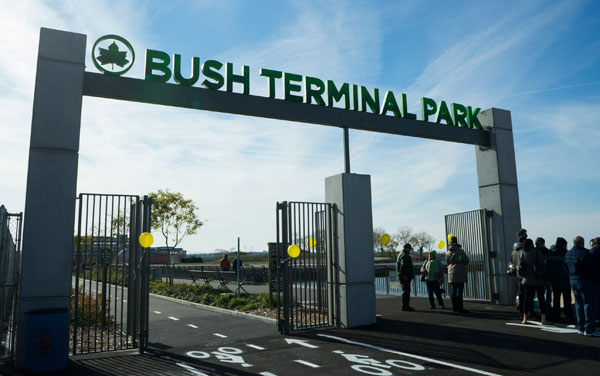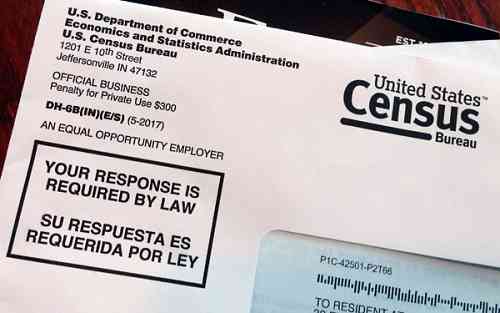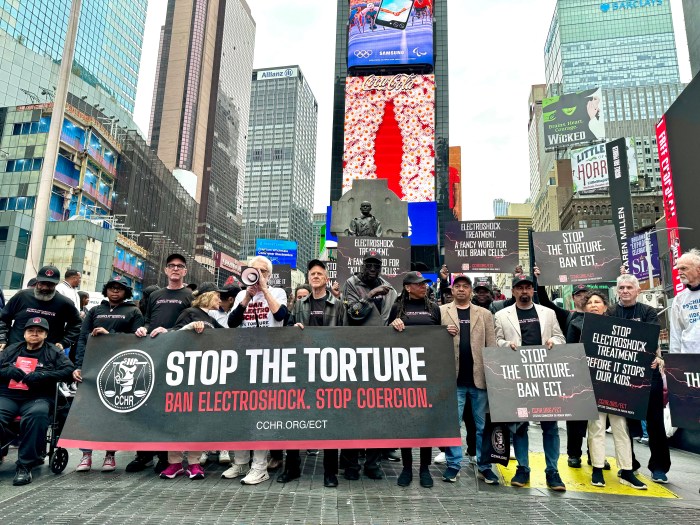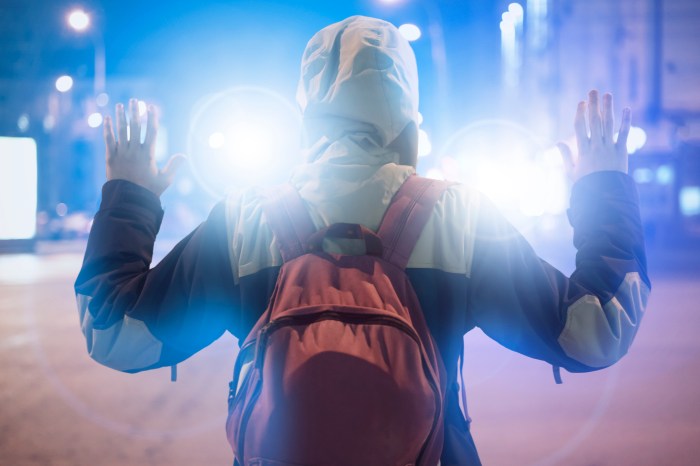As residents huddle indoors amid the pandemic, Brooklynites have taken to civic engagement in record numbers, attending virtual meetings of their local community boards like never before, according to borough civic gurus.
“We saw community board meetings go from what would normally be, maybe, 100 people in a room, to consistently a couple-hundred people coming to full board meetings,” said Noel Hidalgo, executive director of BetaNYC, which supported a number of city community boards in their transition online. “There were a few contentious community board meetings where there were over 1,000 people in attendance.”
The city’s 59 community boards, including 18 in Brooklyn, which host neighborhood meetings and cast advisory votes to the city on a wide array of important topics, began hosting their meetings on video platforms like WebEx and Zoom in March, as the pandemic began to ramp up in New York City, canceling all in-person meetings.
The transition to online sessions has been a boon for meeting participation — including southern Brooklyn’s Community Board 15, which reported nearly-perfect attendance since March.
“Attendance has been beautiful the last few months,” said Theresa Scavo, chairwoman of the board, which represents Sheepshead Bay, Gerritsen Beach and Manhattan Beach.
The longtime community board honcho credits the spike in attendance to board members no longer having to make the trek to their meeting location at Kingsborough Community College in Manhattan Beach, especially during the after-work commute.
“We have two board members who work in Jersey,” Scavo said. “For them to finish work and get to Kingsborough at 7 o’clock for a meeting — sometimes it’s difficult. But now, I know one of them stays at work … and just does WebEx from his office.”
Moreover, southern Brooklynites — much like other residents of the city’s far-reaching corners — can more easily attend meetings that used to be held in-person at venues like Borough Hall in Downtown Brooklyn and City Hall in Manhattan, which forced them to brave long commutes.
“If you are having a meeting in Manhattan, for people in southern Brooklyn, it’s more than an hour train ride into Manhattan,” Scavo said. “They log on sitting in the comfort of their homes, and they are attending the meeting without the inconvenience.”
Community board committee meetings, such as for zoning or landmarking, have seen an especially large jump in attendance, leaders say, as the meetings are typically scheduled during the day, which interferes with many members’ work hours.
With virtual meetings, residents can work the forum into their own schedules — such as during their dinnertime or while they finish up with their own work, said Hidalgo, who attends meetings of northern Brooklyn’s Community Board 1.
“I can literally switch from one task,” he told Brooklyn Paper. “I can continue to do work and have the community board meeting right next to me instead of having to drop all of those responsibilities and dedicate myself to the meeting.”
In addition to heightened meeting attendance, Hidalgo and Scavo say there are other benefits to virtual meetings, such as better audio and application features like Zoom’s “hand raise” tool, which bring more efficiency to meetings.
“On an online meeting, I can hear all of the participation. I feel more informed because I am able to hear all the various comments and engagement,” Hidalgo said.
On the flip side, online meetings leave out community members who lack access to the internet, or experience trouble with the relatively-new technology — which Community Board 7 Chair Jeremy Laufer said has been an issue in their district of Sunset Park and Windsor Terrace.
“There are plenty of folks in our community who don’t have that option as well,” Laufer said. “They don’t have internet access. Folks who have had trouble because their equipment isn’t necessarily compatible.”
Continuing with virtual meetings post-pandemic, either on an alternating basis or as blended in-person and virtual meetings, is being discussed by members of Community Board 7, but would ultimately require updating the state Open Meetings Law, which the governor has been suspending with executive order throughout the pandemic.
“Some of my board members have been talking about a blended meeting; some virtual, some live,” Laufer said. “I am not quite sure how that would work out logistically, but it is something we are going to think about if that is even allowed.”
To reap the benefits of virtual meetings without the drawbacks in the long term, Hidalgo urged city leaders to close the so-called “digital divide” by ensuring that all New Yorkers have access to their community board’s online meetings, including by hosting meetings that are compatible with all internet-connected devices — such as dialing-in, cellphone video, video chatting from a desktop computer.
“The problem is that New York City government technology is traditionally designed for the laptop and desktop user experience. It is not designed for tablets. It is not designed for mobile devices,” Hidalgo said. “And so the real digital divide is making sure community board meetings are able to be flexible.”
The good news is that most meeting platforms are built with these capabilities, but Hidalgo said the city will need to train community boards to ensure the hosts know how to connect to all devices.
“Believe it or not these meeting tools are helping us cross the digital divide, because they are one of the few tools that can actually span all of those user interfaces,” he said. “But this goes back to training community boards on making sure they know how to set up, host and facilitate meetings that can run that whole spectrum.”
Interested Brooklynites can find more information about their Community Board online here.


